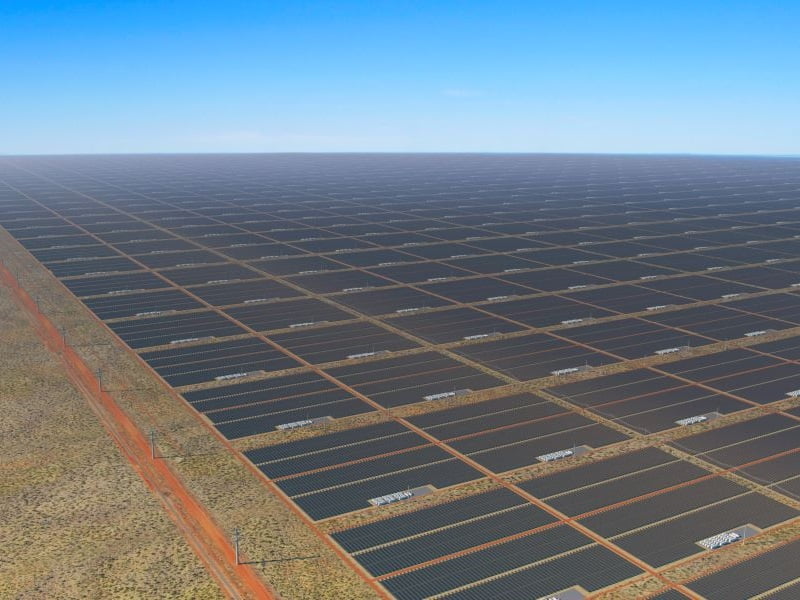Sun Cable plans to build the Southern Hemisphere’s first advanced subsea cable manufacturing facility in Tasmania, which the state government expects will inject more than $1 billion into the local economy.
The firm’s desired development timeline would see construction on the facility begin in 2025, with operations to follow in 2029. The facility, located at Bell Bay, would support the firm’s ambition to export 1.75GW of renewable energy to Singapore via subsea cable.
Sun Cable intends to build a multi-billion dollar manufacturing facility capable of producing 1,200-1,600km of subsea cables per year. It is expected to require 25-40MW of energy to operate.

Final investment decision will be informed by regulatory approvals and consultation with business, interest groups, and individuals “over the coming months”, the firm said.
If built, it will be the first high-voltage direct current (HVDC) subsea cable manufacturing facility in the Southern Hemisphere.
In partnership with the Tasmanian government, Sun Cable will now work to “identify and develop the required workforce”, according to a government statement.
The government said Bell Bay presents an ideal location given “its size and proximity to one of the country’s few natural deep-water ports, rail infrastructure and renewable energy infrastructure”.
Upgrades to the existing port facility will, however, be required to be compatible with specialised cable laying vessels. Loading the vessel takes an estimated 10-14 days.
Tasmania’s Premier Jeremy Rockcliff expects the proposed facility could “create over 800 construction jobs, and over 400 long-term advanced manufacturing roles across a diverse range of trades, skills and capabilities”.
“This is an extraordinary opportunity for the northern region and confirms that Tasmania has what the world wants,” Mr Rockcliff said.
“Our government’s long-term plan supports major developments and investments in Tasmania as we continue to create jobs, boost the economy and make Tasmania the best place to work, live and raise a family.”
Sun Cable is also working to develop a renewable energy project to deliver at least 900MW to Australian customers in Darwin as a part of its first stage of projects. After completing the first stage, the firm wants to develop an additional 3GW of renewable generation for domestic consumption in Darwin.
SunCable chief projects officer Chris Tyrrell said HVDC cables will enable Australia to export its “abundance of sunshine and wind”.
“HVDC cable enables the export of this natural resource to the world, establishing Australia as a renewable energy superpower as well as an advanced manufacturing hub for critical supply chains,” Mr Tyrrell said.
The Singaporean Energy Market Authority (EMA) is currently evaluating Sun Cable’s application to export renewable to the city-state as it aims to import 4GW of electricity by 2035.
Sun Cable has yet to receive conditional approval, a precursor stage ahead of receiving a conditional licence and eventually a full importer licence. A spokeperson for the EMA said that it is continuing “discussions with companies that have submitted proposals with EMA, including Sun Cable”.
Conditional approval is granted to projects that are preliminary assessed to be technically and commercially viable, according to the EMA.
Disagreements over the direction of Sun Cable led to the firm entering voluntary administration in January. The firm was eventually taken over by Mike Cannon-Brookes’ investment firm, Grok Ventures in September.
Do you know more? Contact James Riley via Email.

